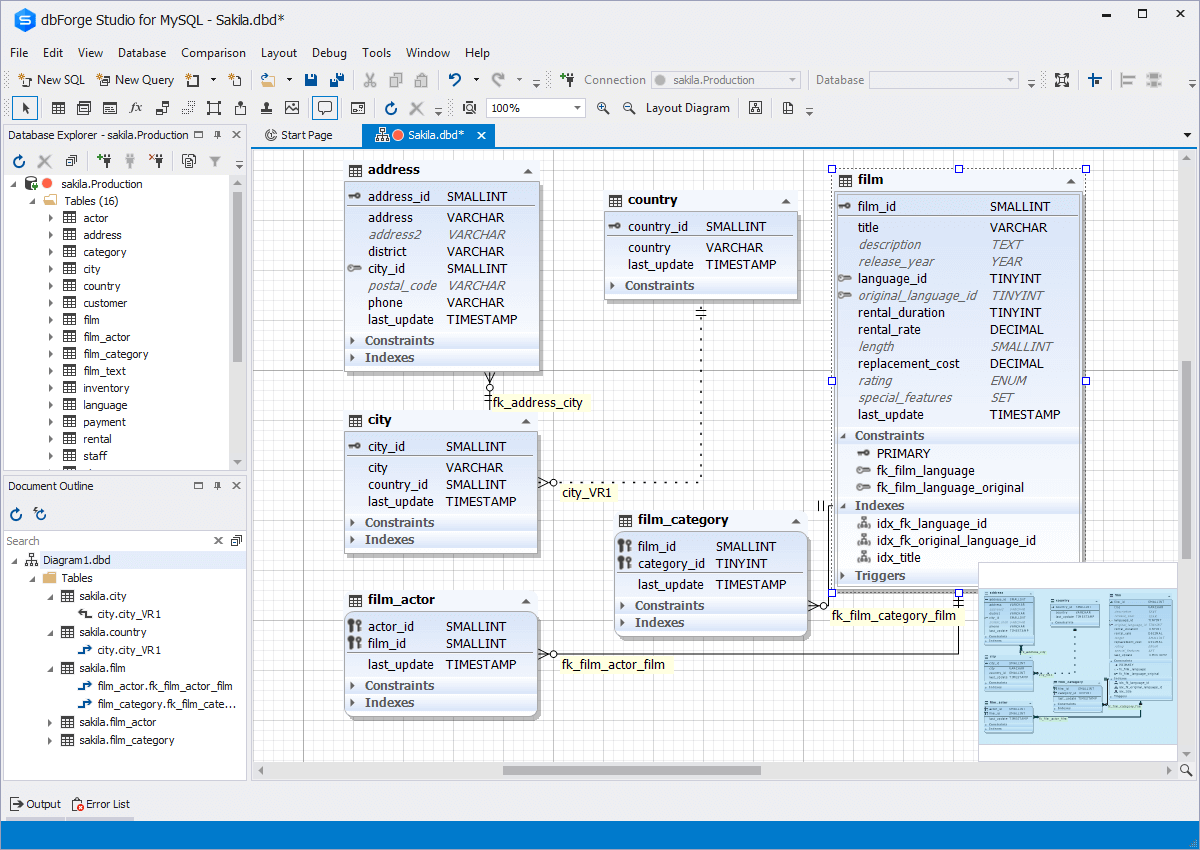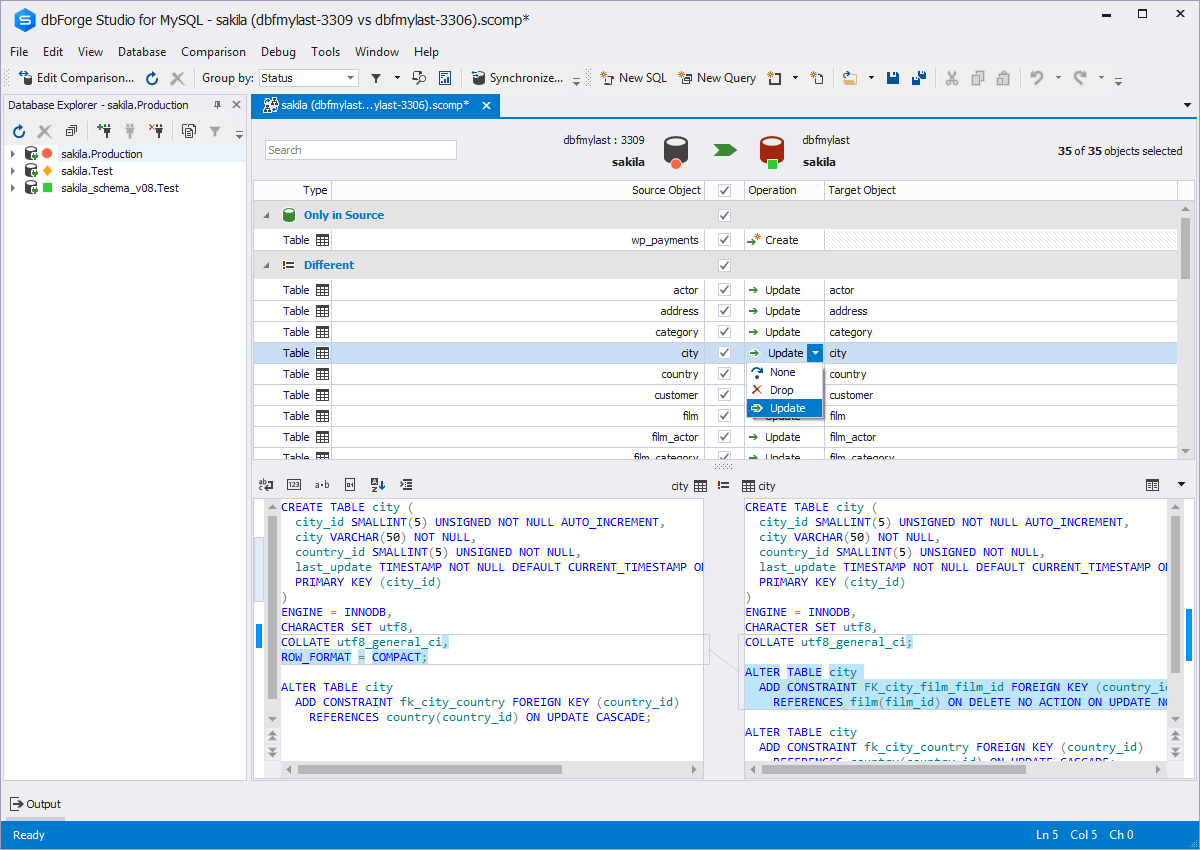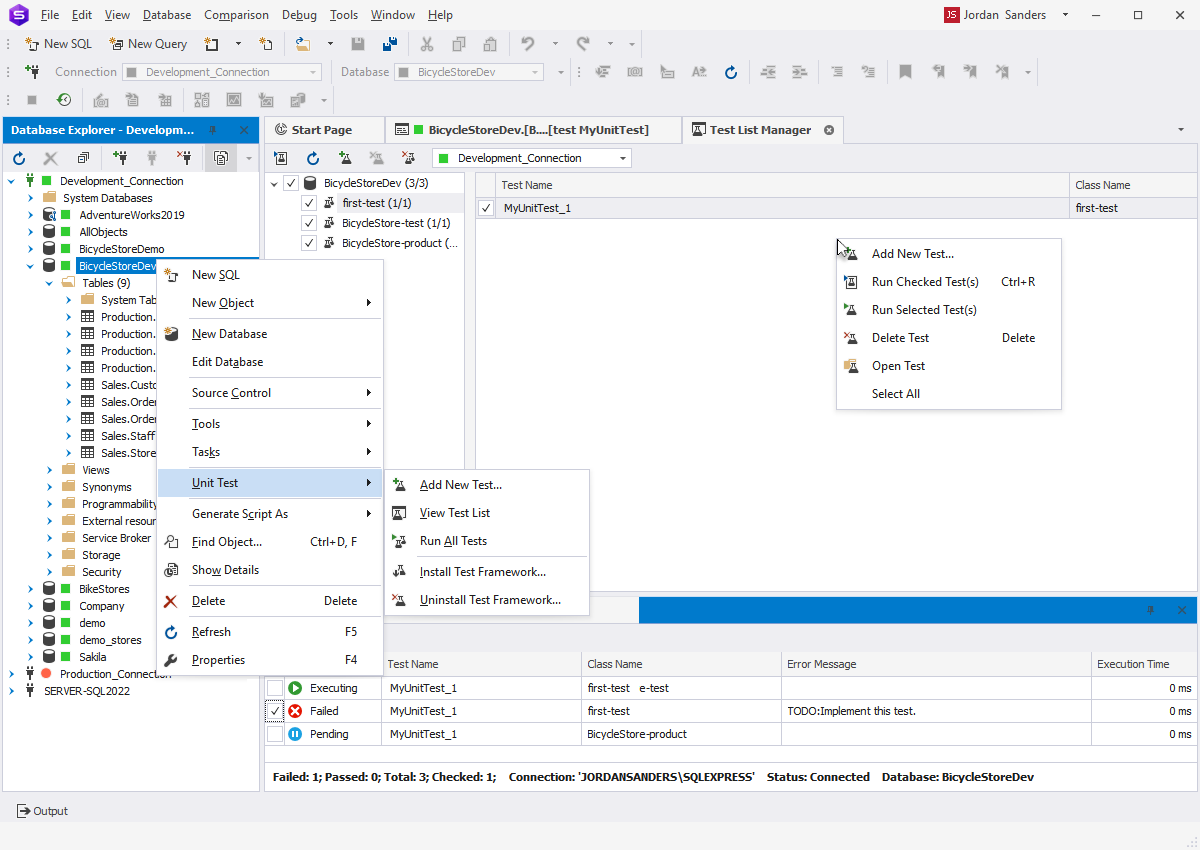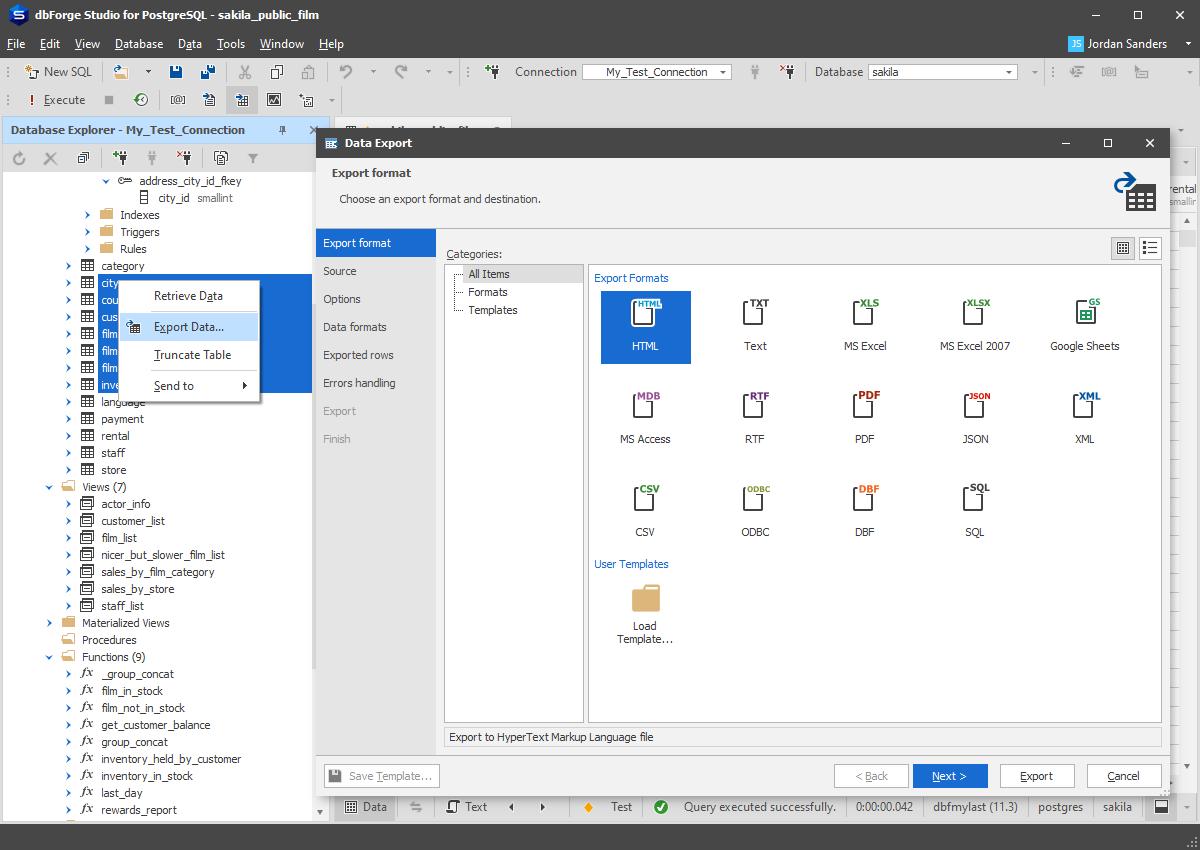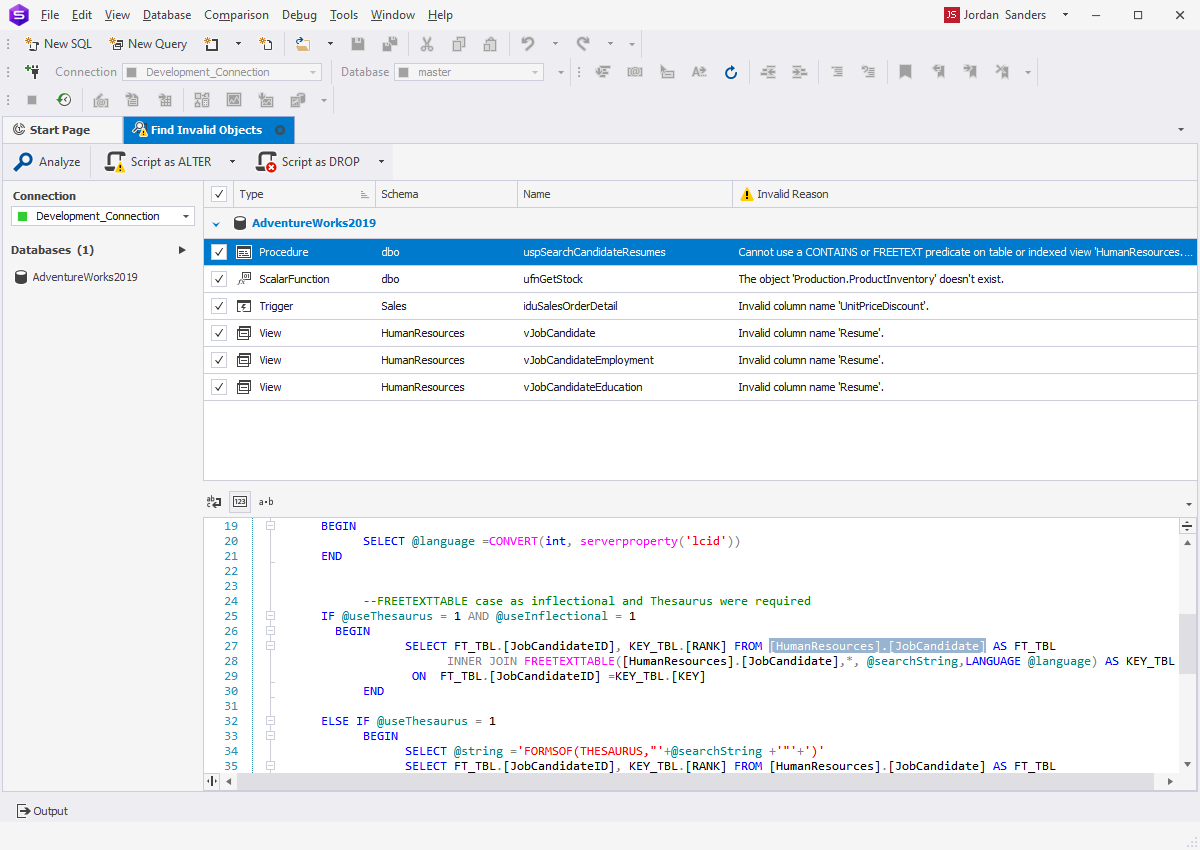Database Management System: Definition, Types, and Examples
What is a DBMS?
Let's start with the definition. DBMS stands for database management system, which is typically defined as a software system that enables users to define, create, maintain, and control access to databases.
DBMS, taken together with the specialized database tools, constitutes the interface layer between the user and the data that needs to be stored, retrieved, and manipulated.
The main database models, their components, use cases, and the best-known examples of database management systems are all presented below. Whether you are a novice or a seasoned software developer, this information may come in handy.


